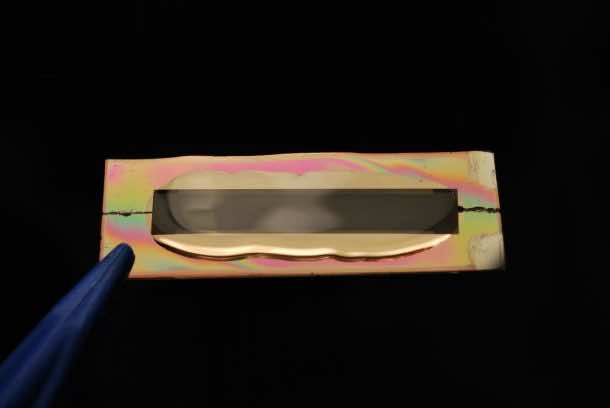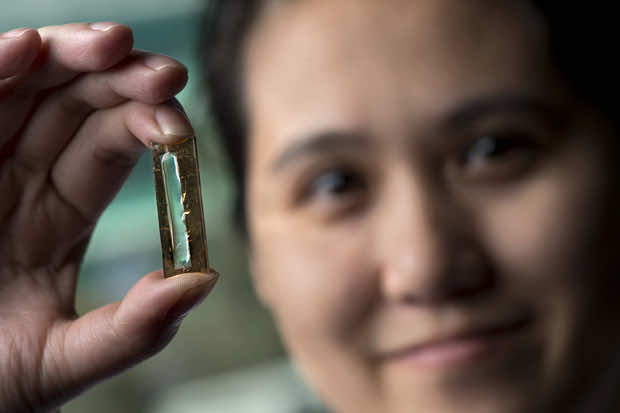No, it is not as it seems. It doesn’t mean a single battery charge would last that long. This extension is in the number of cycles a battery can undergo before it needs replacing. We all know how batteries store less and less power with each new charge and eventually we will have to get them replaced or the whole phone altogether if we can afford it. Now for small consumers like us, it doesn’t make too much of a difference as we are ready to move to the next model when the battery timing starts to disappear. But, it does have great applications in the renewable energy industry like Solar and Wind where replacing batteries now and then have proved to be quite costly and demanding at the same time.

The batteries today are mostly Li-ion batteries that over a maximum of two years or a few thousand charging cycles, their capacity is reduced to a bare minimum. This group of researchers from the UC Irvine, California used Gold nanowires to store and current in them. With this new charge storage apparatus, Irvine’s team cycled the battery 200,000 times without any signs of corrosion or decline at all. Now these minute wires have been previously used for this purpose but what made their work click is the use of an electrolyte gel rather than a liquid to help the nanowires hold the charge. They did this because normal liquid batteries are much more susceptible to create fire hazards, and they didn’t actually mean for it to function this way at all. Now you may not have cracked open the batteries of your gadgets because it is extremely dangerous to do so, but we know that it does contain liquid because of the state’s flexibility. Finding the right gel to substitute it is a really challenging thing to achieve and this team did just that.

With the electrolyte gel in place, the whole battery set up appears to be wearing a lot less especially the Magnesium Oxide covering the nanowires. As a result, the battery life is increased beyond recognition. This is the explanation they have for us right now because they are still working on a concrete model nowadays. Charging and discharging a battery is like juggling water between twp cups. Eventually, we will run out of the water but in this case, there have been more than 200,000 fillings and refillings, and still the quantity of water hasn’t noticeably decreased! This could spell a revolution in the battery industry, don’t you think?


